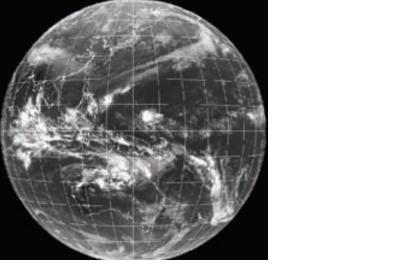The World Bank (WB) and the Asian Disaster Reduction Center (ADRC) signed a Memorandum of Understanding (MOU) strengthening cooperation and partnerships in the region for disaster risk reduction. The goal is to enhance capacity-building and knowledge-sharing in disaster prevention, mitigation and response across East Asia and the Pacific. Immediately following the MOU signing, a high-level workshop was held, indentifying the main needs in the current disaster risk management and climate change adaptation agenda, to explore practical ways in which the WB and ADRC can jointly deliver expected results.The East Asia and Pacific region is extremely vulnerable to the impacts of natural disasters such as floods, typhoons and earthquakes. The ADRC focuses on disaster resilience for its 29 member countries, helping to build safer communities and to develop in a sustainable way. Working with a variety of UN agencies and other international organizations and initiatives such as the International Strategy for Disaster Reduction (ISDR), the Office for the Coordination of Humanitarian Affairs (OCHA), and the World Meteorological Organization (WMO), the ADRC facilitates establishment of networks and professional exchanges.
Sentinel ASIA (sentinel.tksc.jaxa.jp) is a voluntary initiative led by the APRSAF (AsiaPacific Regional Space Agency Forum) to support disaster management activity in the Asia-Pacific region by applying WebGIS technology and space based technology, such as earth observation satellite data. The WebGIS offersinformation on emergency observations, wildfire monitoring, flood monitoring and MTSAT imagery. MTSAT provides imagery for the Northern Hemisphere every thirty minutes, and full disk imagery every hour (visit www.jma.go.jp/jma/jma-eng/satellite/index.html).
The new cooperative arrangement between WB and ADRC is designed to promote capacity-building and technical assistance in the areas of disaster prevention, mitigation and response by mobilizing technical experts within ADRC member countries and technical assistance projects.

